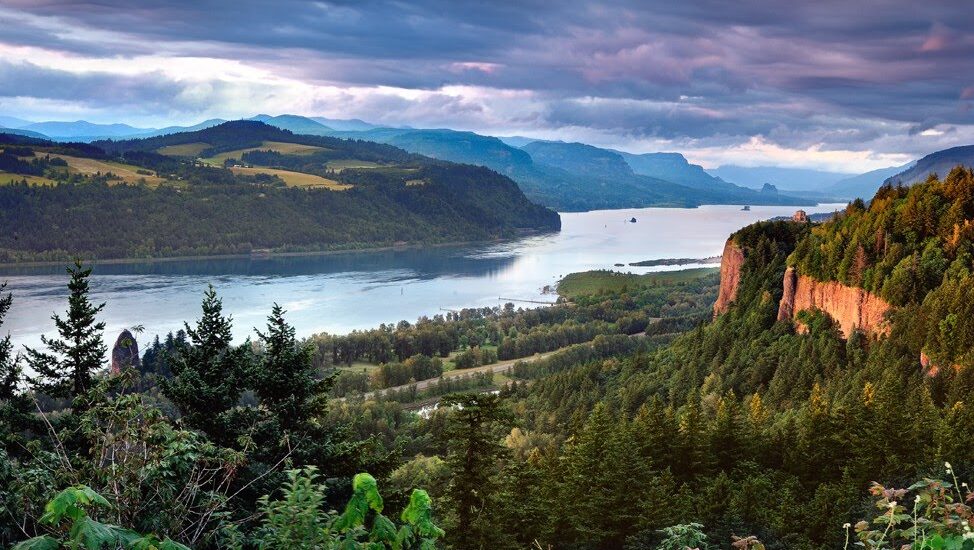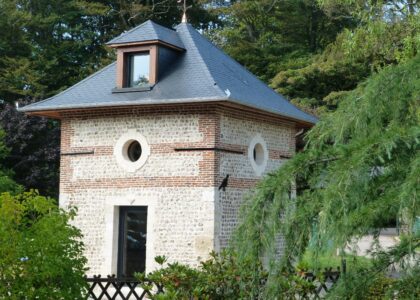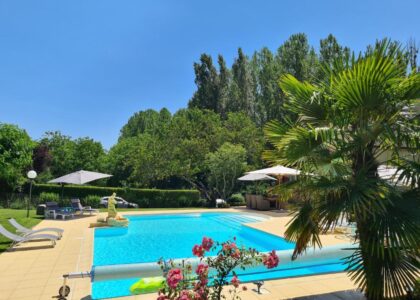Welcome to the Columbia River Gorge National Scenic Area, a place where nature, history, and culture converge. This magnificent 80-mile canyon, carved by the mighty Columbia River, serves as a natural boundary between Washington and Oregon, offering stunning vistas and a rich tapestry of stories from the past.
The history of the Columbia River Gorge is as deep and varied as its landscape. Formed millions of years ago by volcanic activity and shaped by the colossal Missoula Floods, the Gorge has long been a vital corridor for transportation and trade. For thousands of years, Native American tribes, including the Chinook and Klickitat, gathered here to fish and trade, making it a center of cultural exchange.
In 1805, the famed Lewis and Clark Expedition traversed the Gorge on their journey to the Pacific Ocean. The explorers faced formidable challenges as they navigated the treacherous rapids and falls, relying on local tribes to guide them. This journey not only marked a significant chapter in American exploration but also strengthened U.S. claims to the Pacific Northwest.
The Gorge’s strategic importance continued into the 19th century with the establishment of transportation routes. The arrival of the Oregon Steam Navigation Company in the 1860s, with its steamboat routes and portage railroads, revolutionized travel and commerce in the area. The construction of the Historic Columbia River Highway in the early 20th century further opened up the Gorge, making it accessible to travelers and tourists alike.
In 1986, recognizing the unique beauty and ecological significance of the area, Congress designated the Columbia River Gorge as a National Scenic Area. This landmark legislation aimed to balance environmental protection with economic development, ensuring that the Gorge’s breathtaking landscapes would be preserved for generations to come.
Today, the Columbia River Gorge continues to captivate visitors with its diverse ecosystems, ranging from lush temperate rainforests to arid grasslands. It is a haven for outdoor enthusiasts, offering hiking, biking, and water sports opportunities, while also serving as a living testament to the region’s rich history and cultural heritage.





